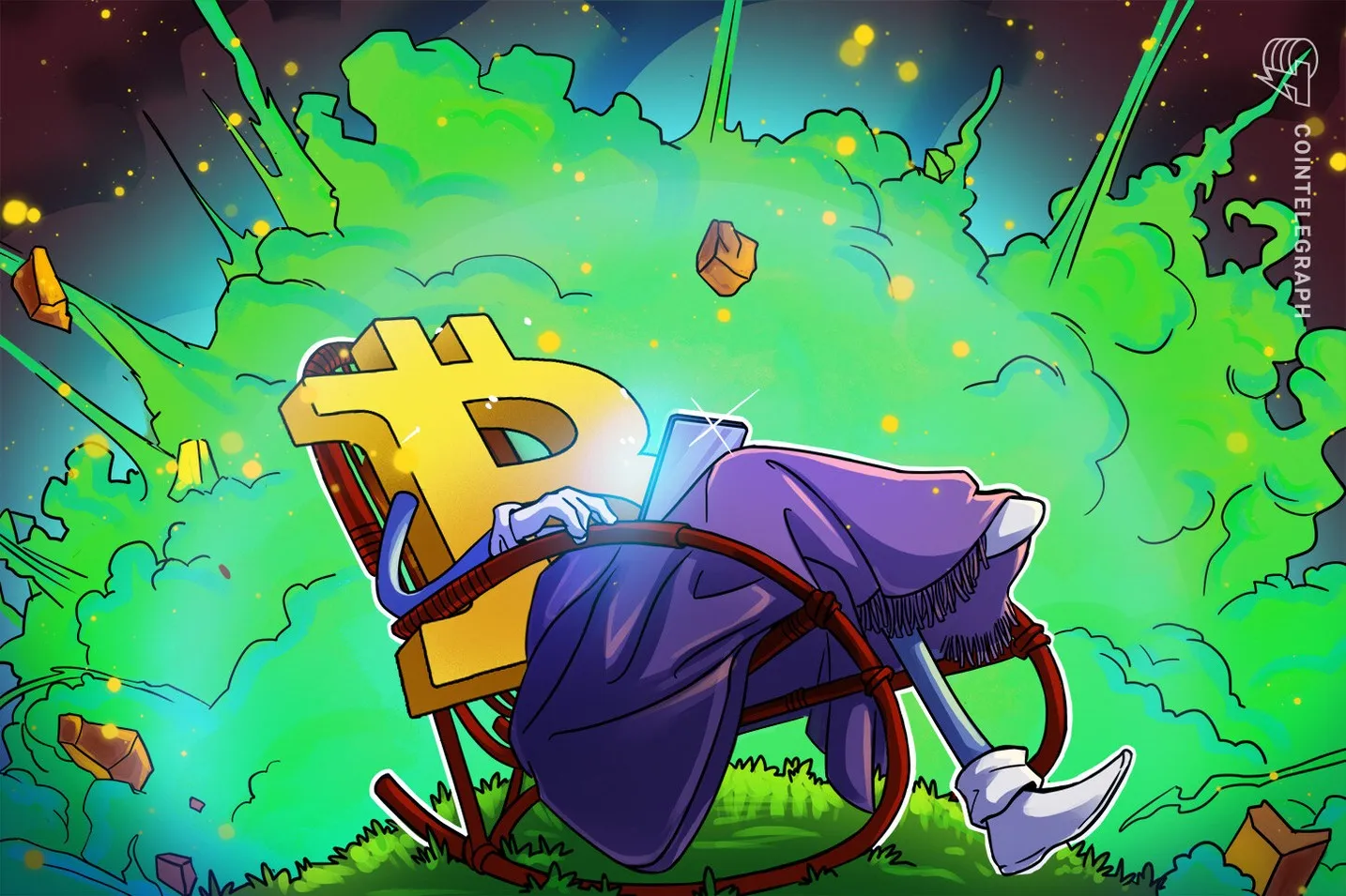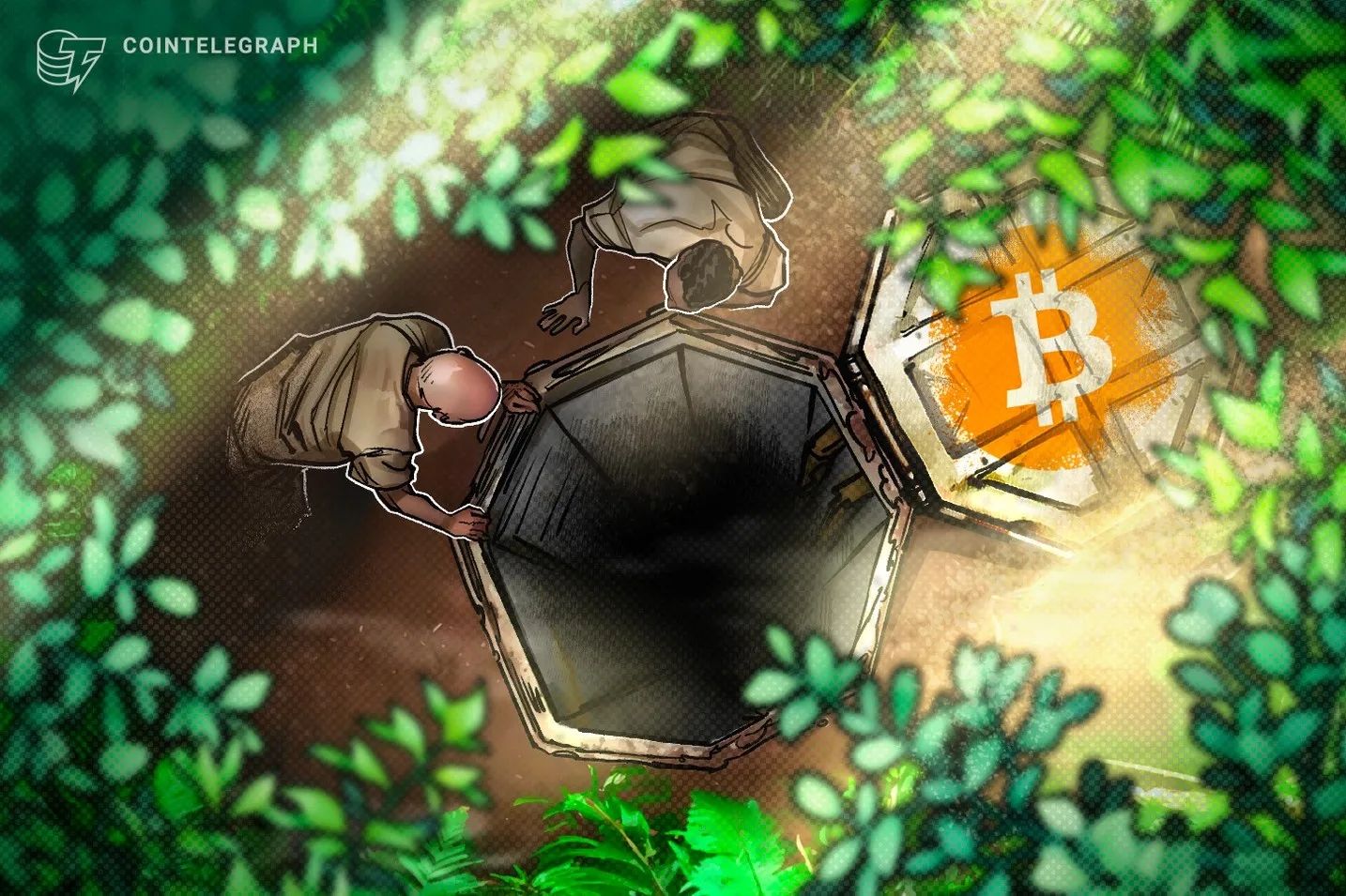Have you noticed that the cryptocurrency market has been much quieter lately? Prices are still fluctuating, but the excitement of getting rich overnight has diminished. Over the past year, Bitcoin has repeatedly tested its highs but lacks new emotional fuel; the heat in the DeFi and Meme sectors has been inconsistent, and while institutional entry is steadily advancing, more market funds are flowing into low-risk, stable-return assets.
This situation is actually quite common in traditional financial cycles: after a period of high volatility, funds naturally flow back to stable areas. The cryptocurrency industry is no exception.
As trading enthusiasm cools and user risk appetite decreases, platforms begin to contemplate a longer-term question—if the market no longer generates growth, what can retain users? Thus, a new product logic is emerging: shifting from "high-risk speculation" to "low-threshold participation," from pursuing one-time trading volume to managing long-term user relationships. More and more platforms are trying to introduce lightweight, gamified, and interactive incentive mechanisms, transforming users from mere speculators into participants in the ecosystem.
Today, almost all mainstream exchanges are laying out "light participation incentives," but their paths are not the same.
Some platforms focus more on educational guidance, such as Binance's Learn & Earn—users must complete identity verification, study courses, and answer quizzes to receive tokens; the format is lightweight, but the process is cumbersome and has many qualification restrictions, essentially remaining a high-threshold knowledge task.
Other platforms emphasize asset participation, like OKX's Jumpstart event, where users must hold specified assets (such as OKB or BTC) and maintain their positions for several days to unlock quotas, with thresholds based on capital amount and time cost.
Bybit's Task Center primarily focuses on trading tasks, with rewards linked to deposit amounts and trading volumes, where participation thresholds are directly related to capital activity.
These different models represent the industry's varying understandings of "light participation":
Binance aims to educate users, OKX seeks to lock in assets, and Bybit hopes to enhance activity. Each has its rationale, but they also expose a common issue—while the format may be light, the substance may not be.
Most platforms' incentives still center around assets or trading behavior, leaving a distance from true "universal participation."
Because of this, some platforms are beginning to explore even "lighter" versions: bringing incentives back into users' daily operations.
For example, Gate's Candydrop is about to welcome its 100th edition, with an extremely simplified format: no staking, no lock-up, no regional restrictions, and users only need to complete simple tasks or interactions to receive small rewards.
The reward amounts are not high, but the feedback is quick and the frequency is stable—more like a "check-in participation mechanism." This immediacy design reinforces users' "return visit inertia," transforming the platform's growth logic from one-time activities into a continuous cycle.
In a market where volatility is reduced and risk appetite is declining, such mechanisms precisely meet users' psychological need for "certainty."
It sells not high returns, but predictable small rewards—a light touch that makes users willing to check in daily.
As the cryptocurrency industry returns from frenzy to rationality, "participation" is replacing "speculation" as the new growth keyword.
Competition among platforms is no longer about who offers more rewards, but about who can retain users after the rewards. Lightweight incentives, point systems, and interactive tasks—these seemingly minor designs actually reflect the transition of exchanges from "financial platforms" to "user ecosystems."
Market downturns are not necessarily a bad thing; they bring the industry back to fundamental propositions—how to ensure users continue to trust and participate.
At this stage, incentives are not just operational tools but instruments for reshaping relationships.
They connect short-term activity with long-term retention, allowing platforms to gradually regain their rhythm in silent competition.
Perhaps this is the next turning point for the cryptocurrency industry: while everyone is waiting for the next bull market, the true winners are already redefining "participation" itself.
Related: The Federal Reserve considers launching a "streamlined" payment account to open channels for fintech and cryptocurrency companies.
Original article: “When ‘Light Participation’ Becomes the Traffic Code: The New Growth Logic of Crypto Platforms in a Calm Cycle”
免责声明:本文章仅代表作者个人观点,不代表本平台的立场和观点。本文章仅供信息分享,不构成对任何人的任何投资建议。用户与作者之间的任何争议,与本平台无关。如网页中刊载的文章或图片涉及侵权,请提供相关的权利证明和身份证明发送邮件到support@aicoin.com,本平台相关工作人员将会进行核查。




